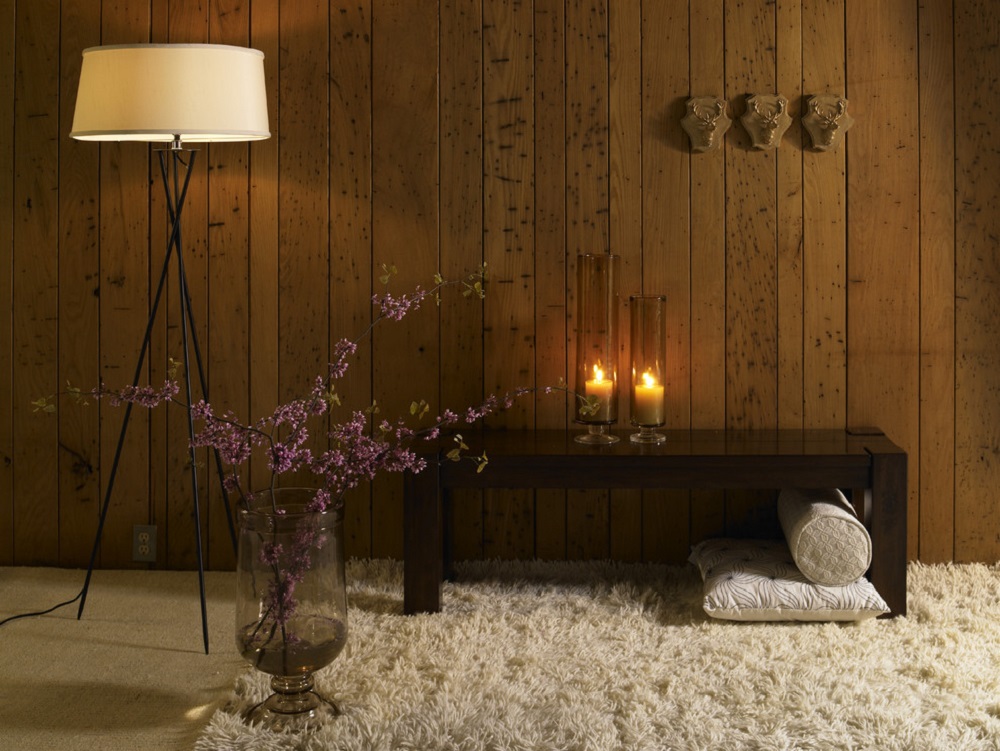Advertisement
Who would say that an idea so elaborate in decoration that practically changes all the standard design rules would come from Japan? Recall how we went from the colorful and psychedelic ideas of the 80s to polished and formal designs in the 90s. However, since before the 80s, the standard design concept was being challenged, as we can see with the so-called Wabi Sabi design.
Normally, it would be unthinkable to accept construction or ornaments with imperfections, but in Japan they see this as a way to reflect on the impact that nature has on us, which has made it popular to get worn and imperfect objects as part of the architecture and the decoration.

Image source: Pauzarq Architects
This is just one of the ways to honor the most classic and rudimentary lifestyles when not everything revolved around the pursuit of perfection. If we want to recover that link with nature and the passing of time, then we invite you to know about the Wabi Sabi.
What is Wabi-Sabi?
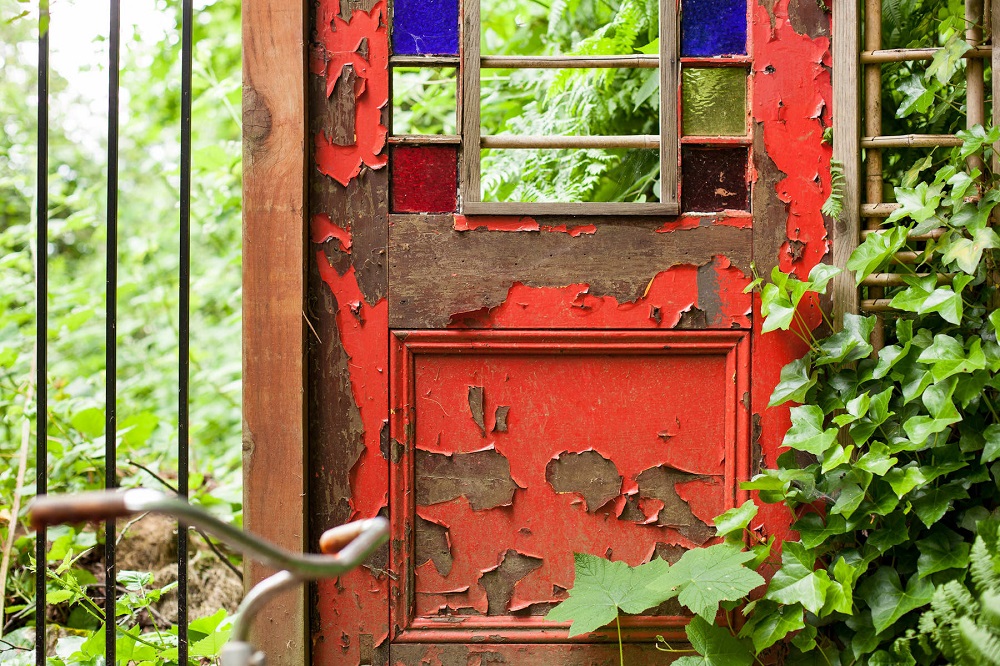
Image source: KuDa Photography
The first thing we should know is that not even the Japanese have an exact definition of what Wabi Sabi is. This is more a mixture of meanings, where Wabi refers to “the beauty of humility” and Sabi is “The deterioration of the passing of time”. Therefore, the combination of both translates into a style that seeks to celebrate the imperfections caused by the natural passage of time.
In this way, the Wabi Sabi design invites us to accept things as they are and not try to seek a perfection that does not exist in nature.In buildings, these imperfections are recurrent. The passage of time inevitably deteriorates materials, such as concrete, paints, metals.
However, we have to understand that this concept is not an excuse to let things deteriorate, we are talking about a way of understanding life and accepting it as it happens.The genre dates back to traditional tea ceremonies. These (also highly practiced today as part of Japanese culture) were performed for shoguns and people of high importance.
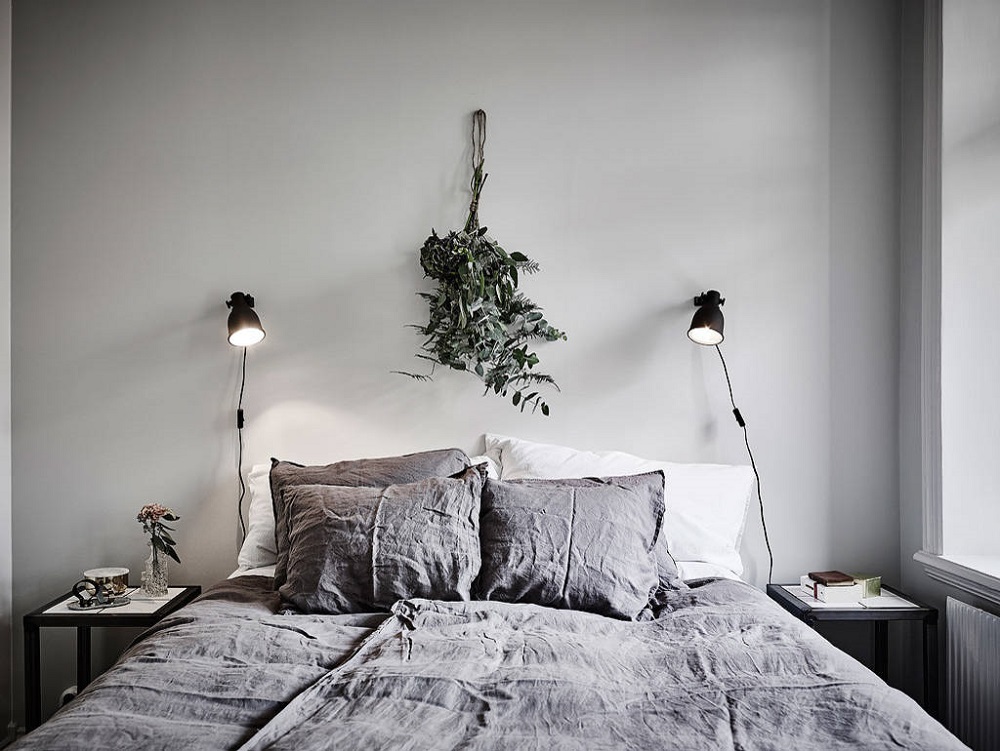
Image source: Anders Bergstedt Photograph
One of them, known as the philosopher Ryku, had a particular way of celebrating these ceremonies. Instead of using the most expensive dishes, he demanded to be served in irregular cups, presumably handmade by novice artisans.
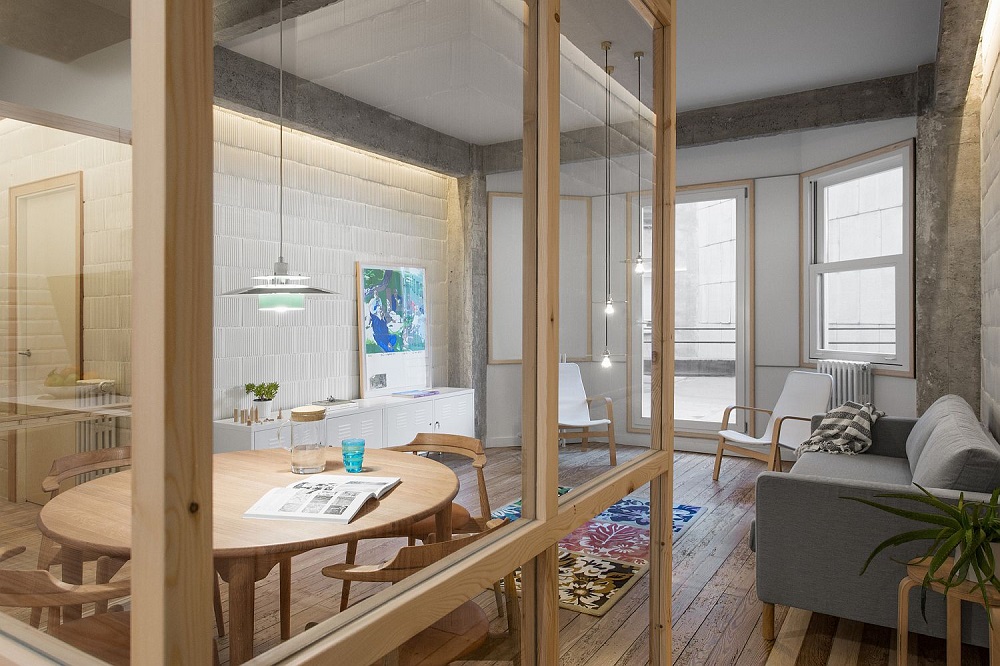
Image source: Pauzarq Architects
For the philosopher, this was a way to show his satisfaction with what he possessed, and he maintained that if you could accept these humble belongings, you could be happy with the person you are. That is why the Wabi Sabi is not only a way of decorating but also a way of understanding what surrounds us and accepting it in the most positive way possible.
In the sets, this translates as spaces with dim lighting, worn structural elements or unplanned details, the use of natural materials without treatments so that they can suffer the natural passage of time, and of course, all this while maintaining a clean and cozy atmosphere.
Enjoying the Wabi Sabi Style in our home
The Wabi Sabi design does not have to be completely random. There is a lot of Wabi Sabi furniture that we can use to control the appearance of these abstract spaces. Although it may be a bit difficult to understand at first, with the following list we hope you understand how to implement it.
Don’t look to fix the imperfections
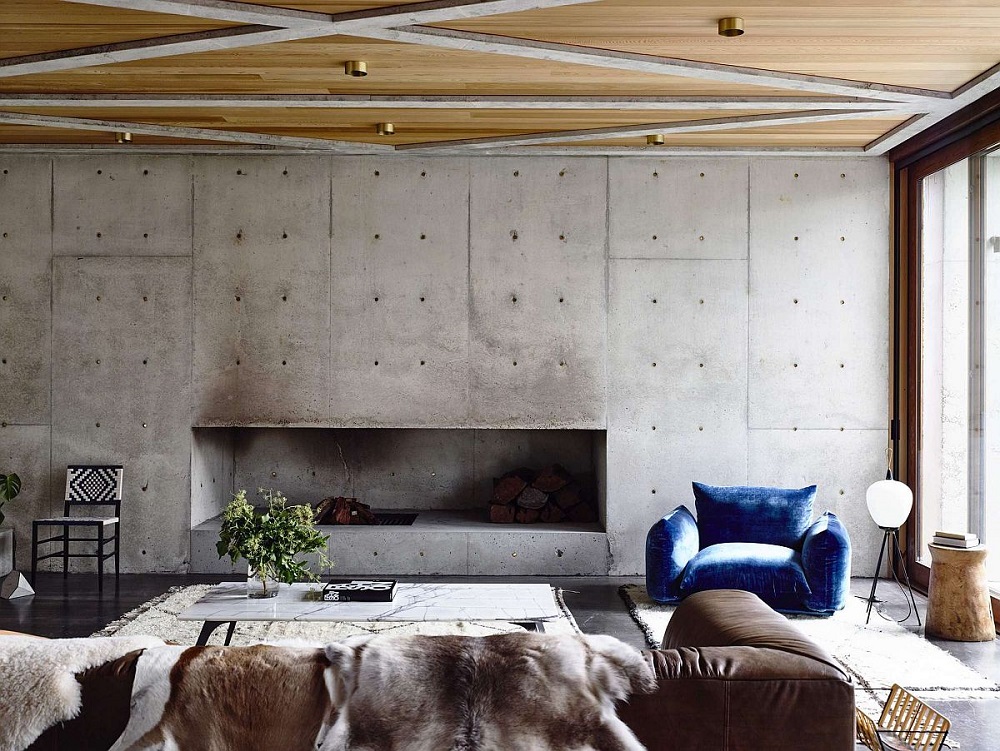
Image source: Auhaus Architecture
We have to learn to appreciate the beauty of imperfections. Many believe that when a cup is broken, we should discard it immediately or try to repair it by hiding the parts where it broke.
In Japan, they have learned to appreciate these details, so much so that there is an ancient technique called Kintsugi, where to repair the broken ceramic pieces, a mixture of varnish with gold, silver or platinum powder is used, so that when this mixture dries it stands out.
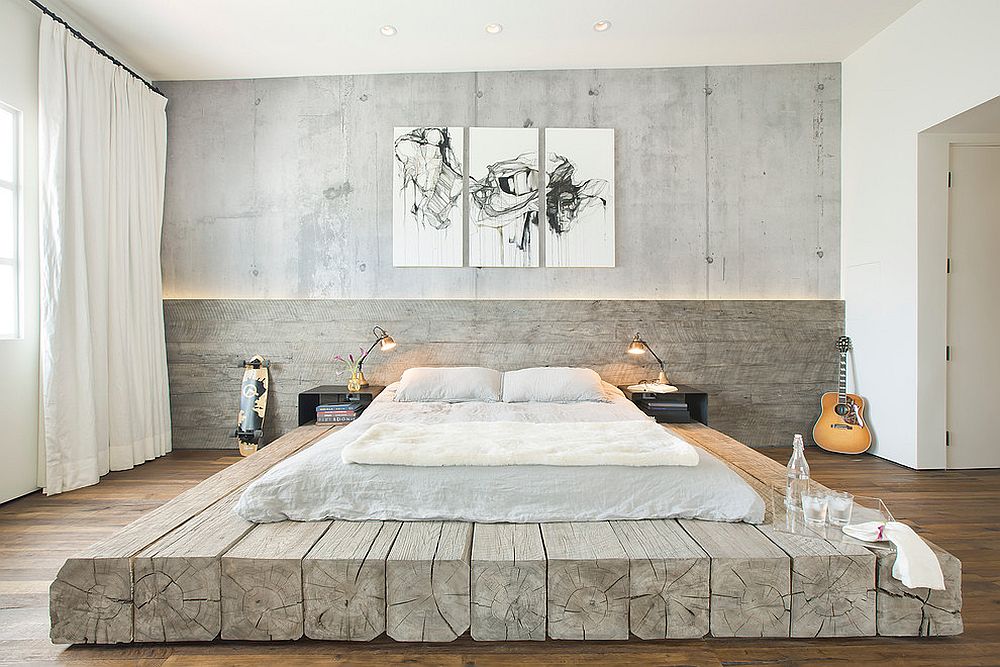
Image source: SUBU Design Architecture
Another example that we can see applied in modern architecture is that of brutalism, where concrete walls and bricks are left in gray work (that is, they are not covered). These untreated materials show striking impurities that are perfect for minimalist and industrial works.
Wood is another material where imperfections can be easily appreciated. The houses and works restored in wood retain this quality of suffering from the passage of time. Many owners are looking for restored houses to enjoy wabi sabi at its best.
A mixture of artisanal and manufactured goods
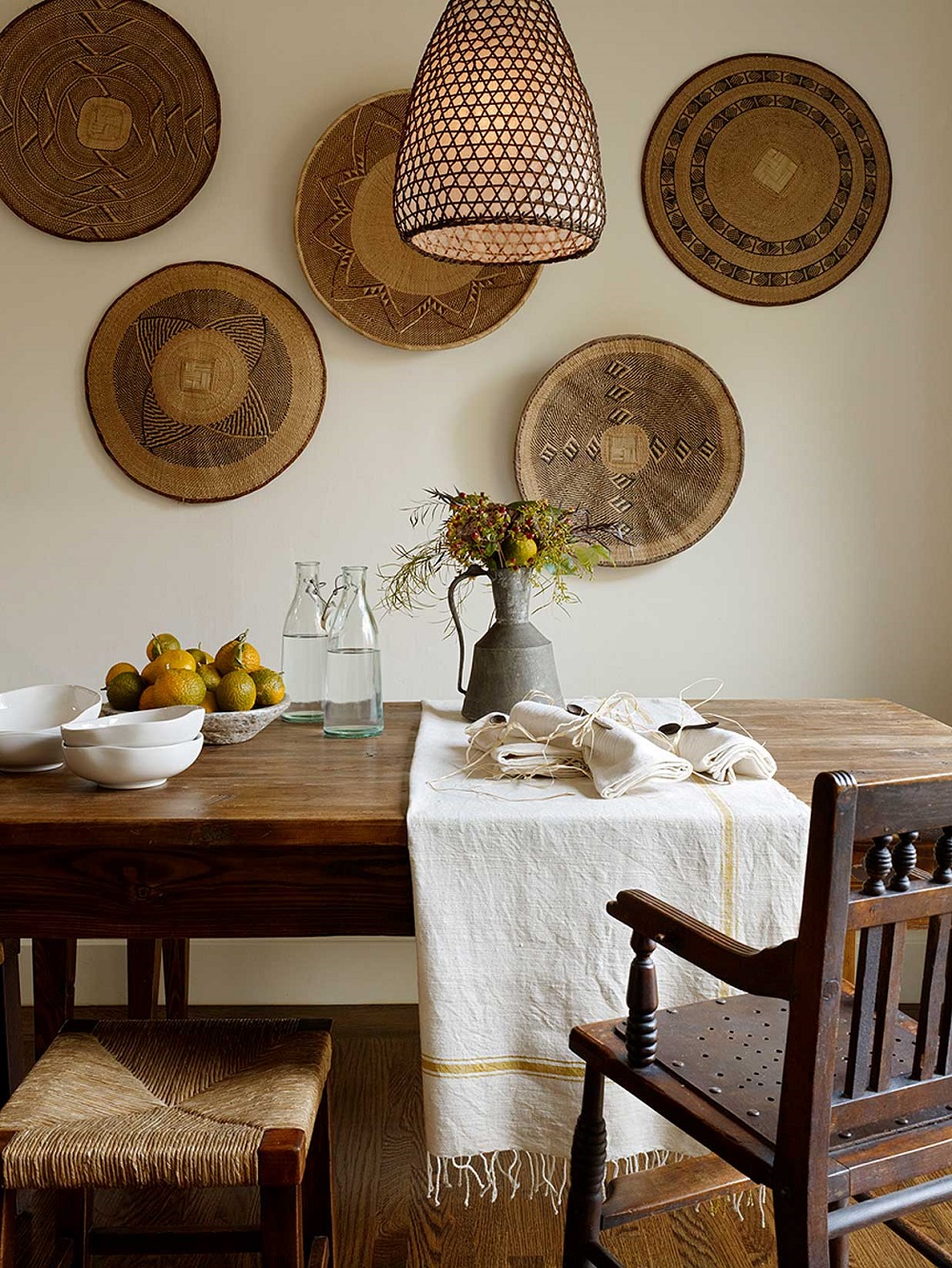
Image source: Jute Interior Design
The Wabi Sabi will always put artisan products ahead. Each artisanal product is different from the previous one, even in small details, quite the opposite of what happens with mass production where the molds are all similar.
That is why homemade products are so popular since they allow us to appreciate the originality and charisma of each piece. Entering the world of crafts is a way to start decorating your home with the wabi sabi design, since everything you produce, be it a cloth, a vase, or a sculpture, will have your personal touch.
A controlled disorder
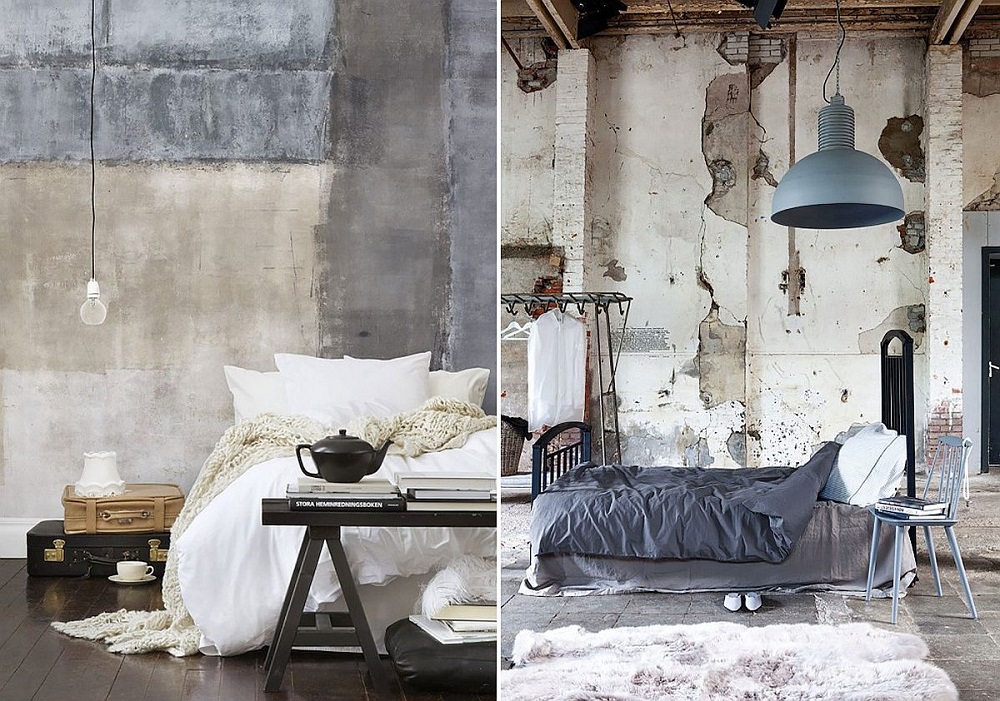
Image source: Kvartira Mirtesen
The casual location of different pieces of furniture helps create that natural environment in the wabi sabi interior design. We can manipulate some elements to create an environment where not everything is perfectly located or arranged, but still comfortable to live.
Some loose pillows, located in irregular patterns, perhaps a carpet that is not perfectly stretched, or even curtains where the fabric is fraying, are some options that will not alter the comfortable habitability of your home.
Textures are fundamental
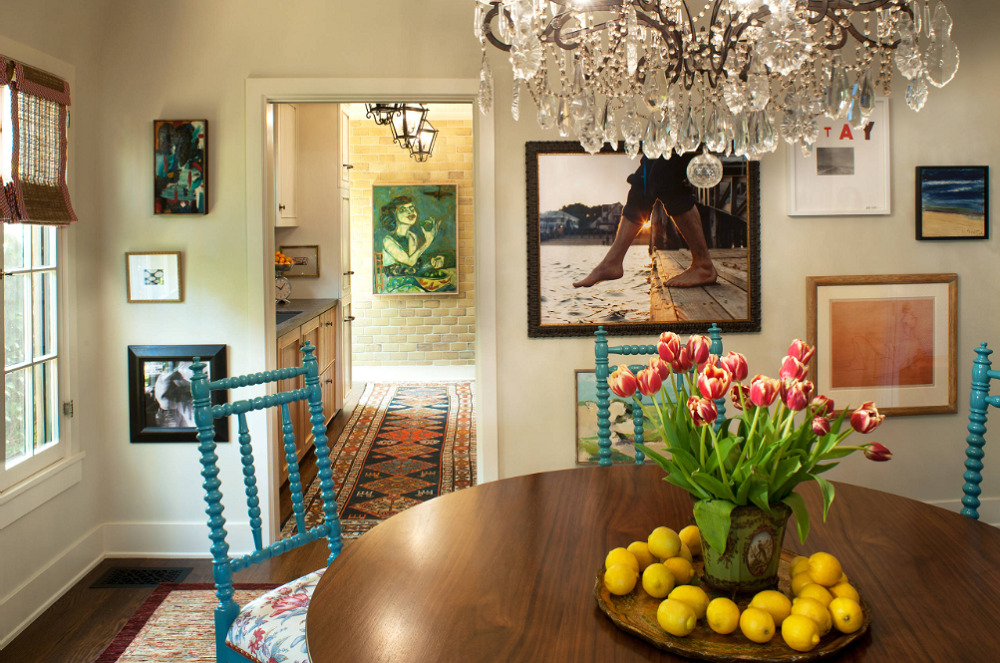
Image source: Jute Interior Design
This part is easier to apply if the construction of our home is in some material such as concrete or wood since they can easily perish to nature, but if we have other more durable materials, we can always bring some textures with the furniture. Wooden chairs and tables, or frames and metallic ornaments are valid shortcuts.
Nature can never be missing
Although this is an element that in general should not be lacking in any decorative style, when it comes to a wabi sabi home, we have to place special emphasis on introducing nature into our lives.
There is nothing more imperfect and perfect than a plant. Its growth has a logical sense that results from a natural response, but the way it grows and develops continues to be random in its conception. No one knows where a leaf or a flower will be born.
The best companion for these organic patterns is to combine natural colors in the furniture, such as green or brown. Also, the use of more handmade materials such as wood or ceramic helps keep the imperfections pleasant.
Stay authentic
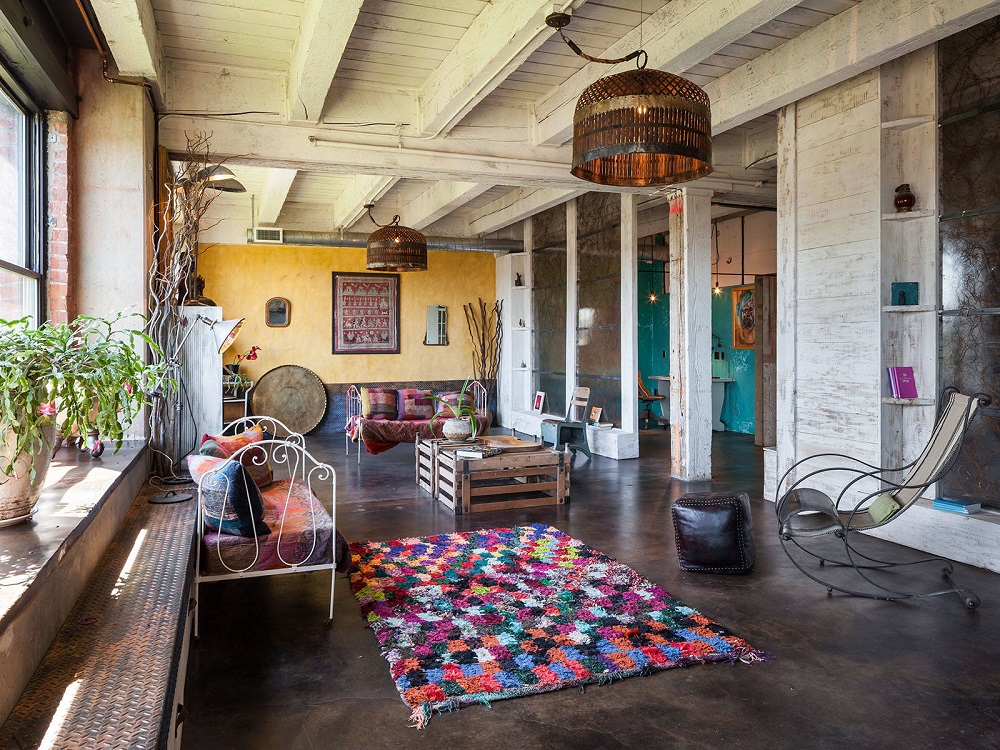
Image source: KuDa Photography
The best thing about the wabi sabi style is that it allows us to keep our tastes authentic. This is not a definite pattern of decoration, so we can mix how many elements fascinate us.
Life is more than a couple of options, any piece, however extravagant, can be an integral part of our decoration. An unexpected piece helps create originality and a striking touch that will make all your guests look at it. Arts projects are a way of applying this customization idea to the maximum exponent.
A minimum investment
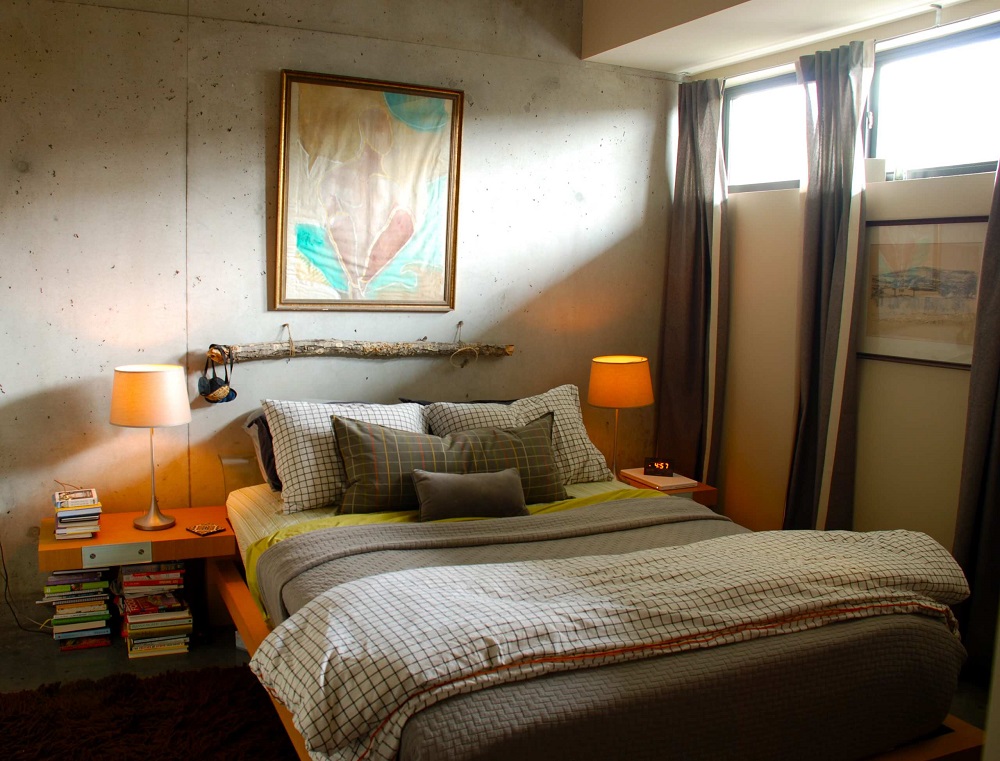
Image source: Becky Harris
Another advantage of adopting the wabi sabi is that we can save money thanks to its simple and natural approach. As part of what makes this philosophy special is the originality of things, we don’t have to buy expensive pieces that seem to stand out just because they are expensive. Concrete is an example of how simplicity is adopted without having to be extremely minimalist.
We have said it before; a fundamental part of this design is the use of textures, which goes a bit against the original idea of minimalism.
The best vintage look
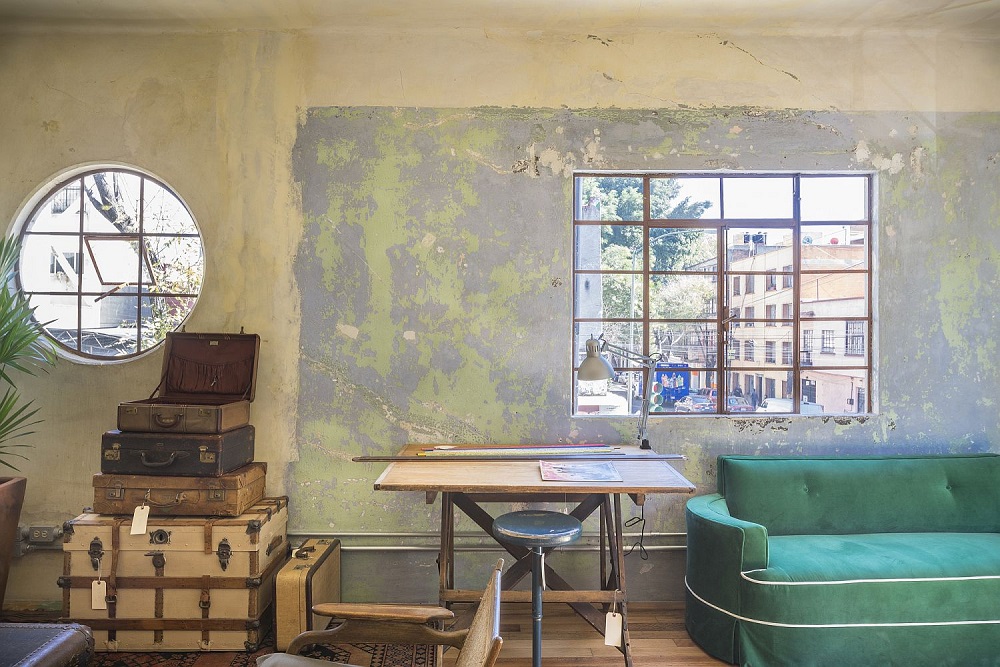
Image source: KuDa Photography
As mentioned previously, artisanal products are much better than mass-produced products in this philosophy. You can add vintage decorations in modern spaces in moderate quantities. Do you like to travel frequently? Then try to buy eccentric ornaments for your home.
The colors of nature
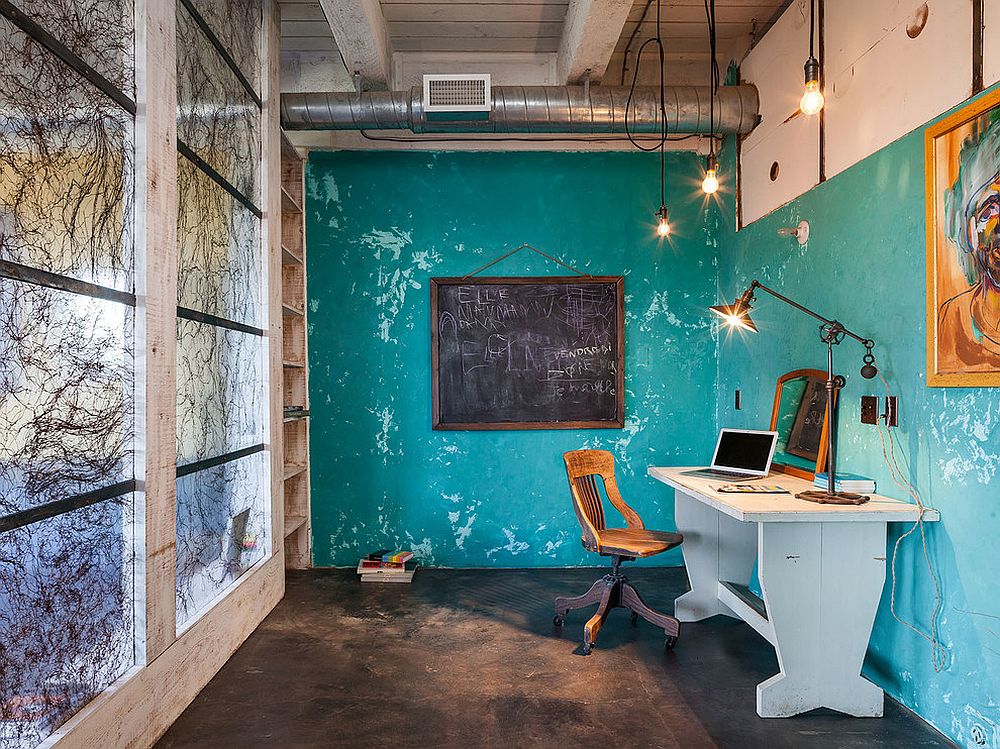
Image source: KuDa Photography
Taking a walk in a forest is the most relaxing thing we can do. The atmosphere of tranquility that is breathed is not only thanks to nature, but also to the colors that surround us. Greens, blues, browns, all these give us serenity and peace of mind. If you want to opt for a more traditional project, then painting the rooms with these tones works as an alternative.
Adopting a lifestyle
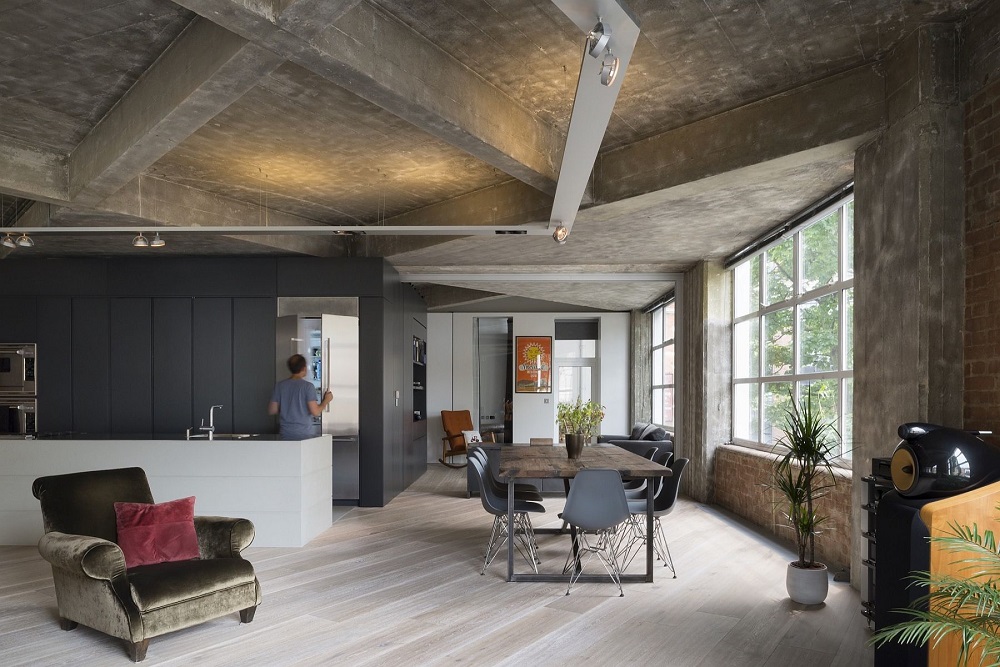
Image source: InsideOut
If you want to enter the Wabi Sabi wave, then you must remember that this is a philosophy and not an artistic movement. We have to be able to appreciate the charm of spending time on our surroundings, and accept the imperfections of things, since they are not foreign to aging, just as we are not immortal.
If you want to give your life an explosion of spontaneity, then adopting the wabi sabi way of life can be a way to change the meticulous and programmed mentality that we have within society. A different way to relax and appreciate every little detail of life.
If you enjoyed reading this article about the wabi sabi design, you should read these as well:
- Squam Residence – Traditional On The Outside And Modern Interiors
- Asian Home Interior Decorating Ideas
- Ideas Of Feng Shui Interior Decorating

